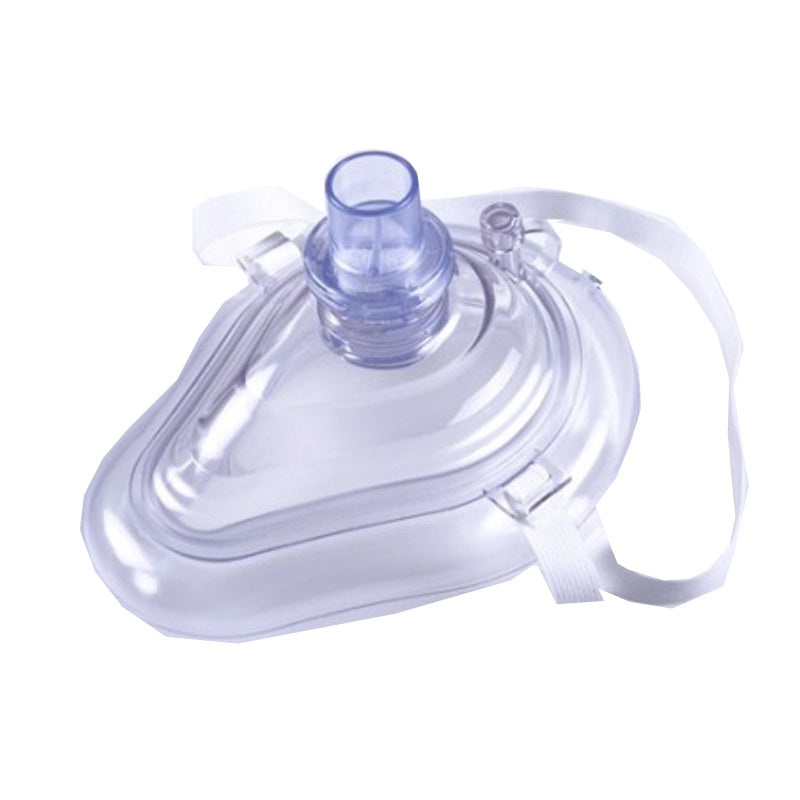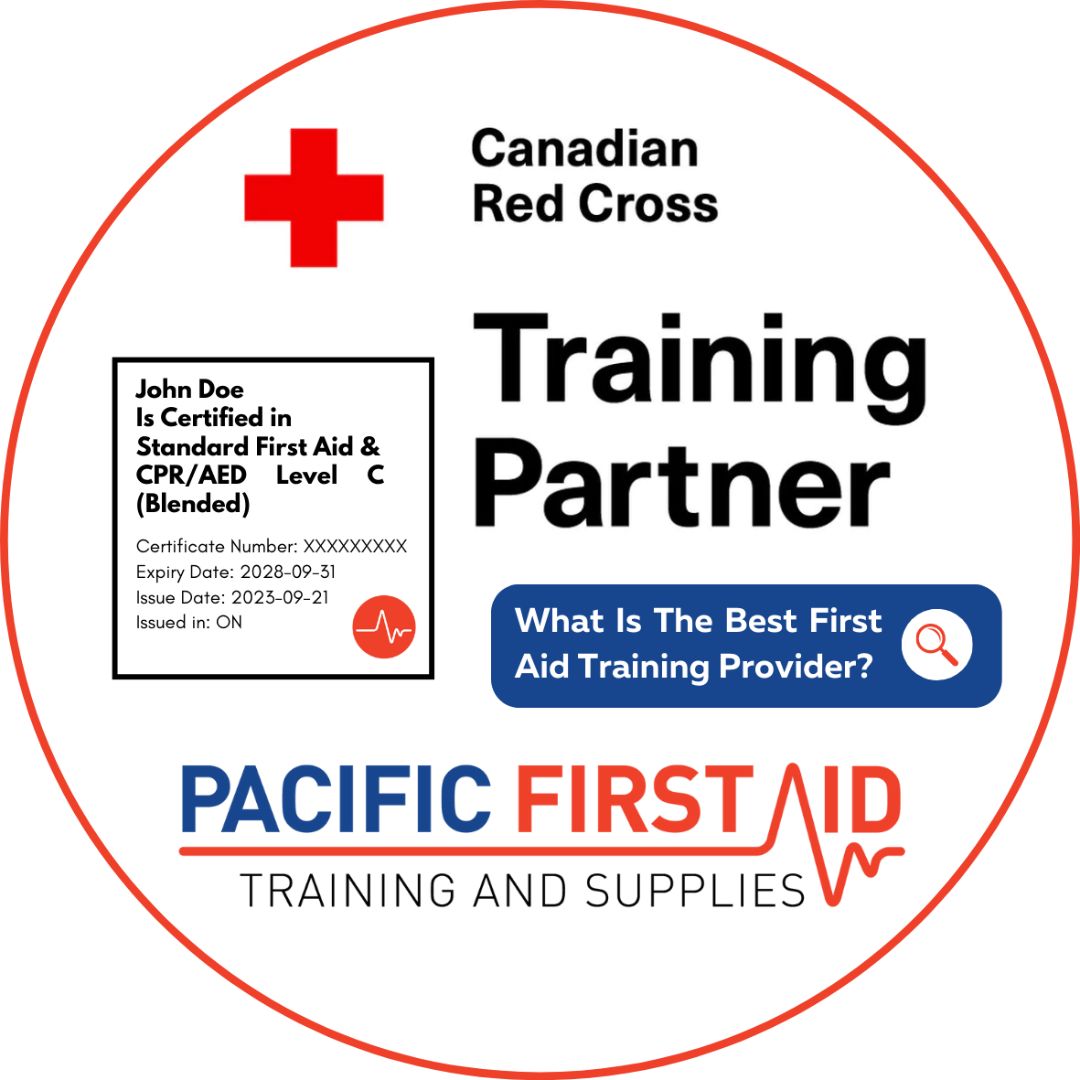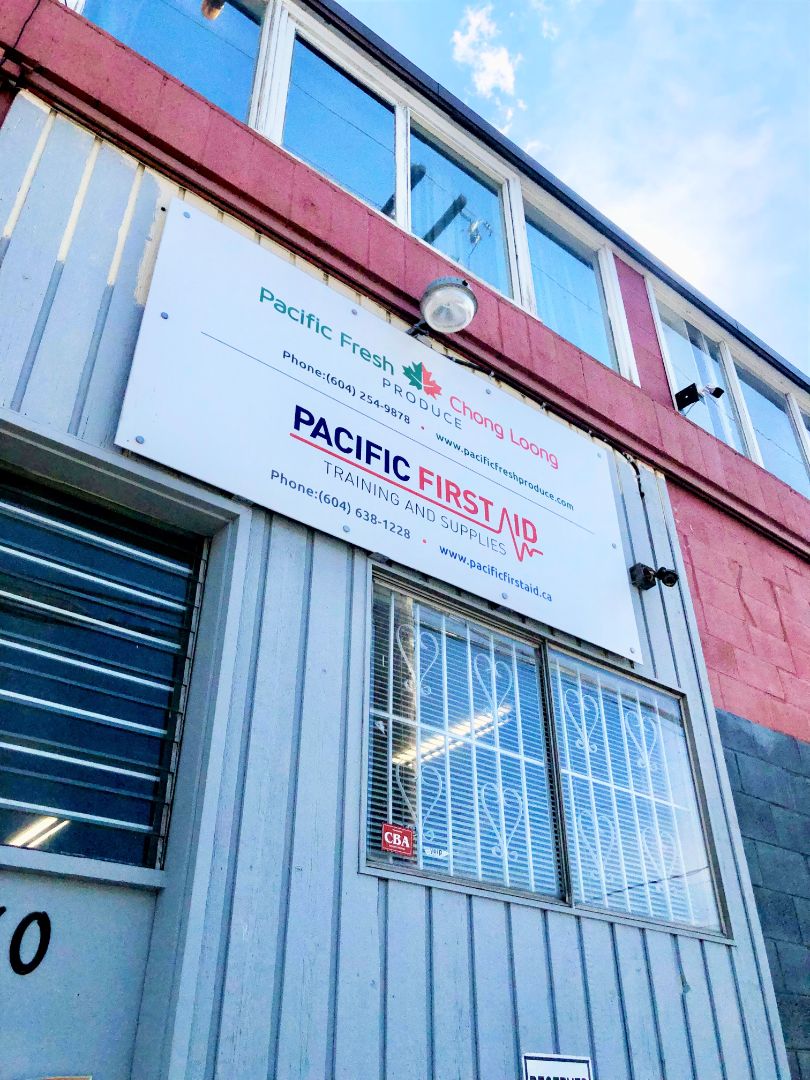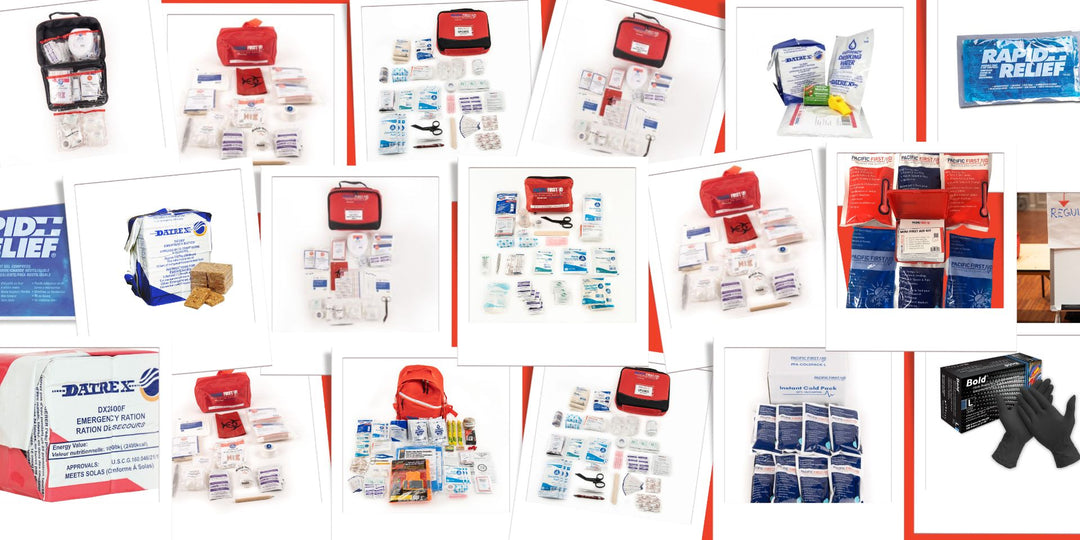
How To Identify A Panic Attack
Photo Credit: Alexander Krivitskiy
Mental health awareness is on the rise, but few people can recognize a panic or anxiety attack in the moment. According to a research study from Health Promotion and Chronic Disease Prevention in Canada, mood and anxiety disorders are the most common types of mental illness in Canada. Both of these disorders impact a person's daily life and range from acute episodes to chronic illnesses. Being able to identify when someone is experiencing a crisis can be very helpful and these skills can be used until a medical professional is present. At Pacific First Aid, we offer mental health first aid courses that give you the confidence to assist people in need. In this article, you’ll learn about the common symptoms of panic attacks and anxiety disorders.
What Is A Panic Attack?
Panic attacks are a sudden episode of intense emotion and fear that triggers severe physical reactions. They make people feel like they’re losing control of a situation, having a heart attack and in more extreme cases, dying. A few common symptoms include chest pains, shortness of breath, sensory distortions, nausea and chills and flushing. In many situations, it can be challenging to calm someone down as they can have troubles communicating. Pacific First Aid’s mental health first aid training course is great for teachers, volunteers, human resources professionals and employers. It specifically teaches adults how to interact with other adults across many environments.
What Are Panic And Mood Disorders?
There’s a common misconception with panic attacks and panic disorder. Panic attacks are fairly common among adolescents and adults, but they don’t develop more than the occasional episode. Panic disorder on the other hand is chronic and the symptoms ebb and flow. “In Canada, 12-month and lifetime prevalence rates are 1.6% and 3.7% respectively. Women are twice as likely to develop the disorder than men” (Statistics Canada). The cause of panic and mood disorders is unknown, but there is a genetic component. Early diagnosis and prevention is the best way to approach these disorders. Similar to online first aid training, the mental health program teaches ways to help people with confidence. At times panic attacks, anxiety and heavier emotions can be harder to handle and mental health first aid prepares you for it.
Why Is Mental Health First Aid Training Important?
This type of first aid training is important because mental health disorders and issues take place in different forms. More than 300,000 Canadians have been trained in MHFA. From psychological health and safety in the workplace to community groups in Northern Canada, these tools help Canadians from coast-to-coast. At Pacific First Aid, you can learn all these valuable skills with our online programs. We offer two variations of the course and you can pick the one that works best for you. No matter the situation, you'll have the knowledge on how to handle it.
For more mental health first aid news, mental health first aid training, food safety courses, first aid training and first aid courses visit us at: Pacificfirstaid.ca






